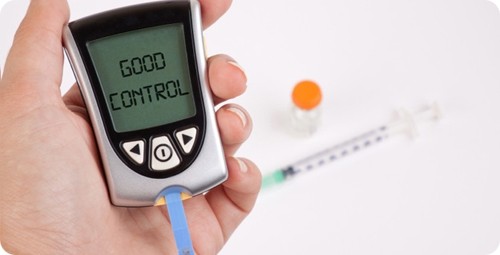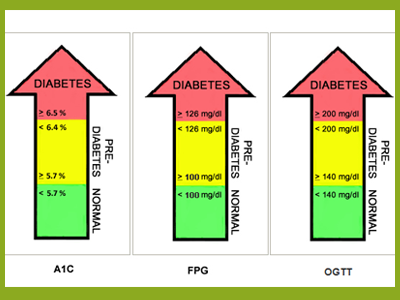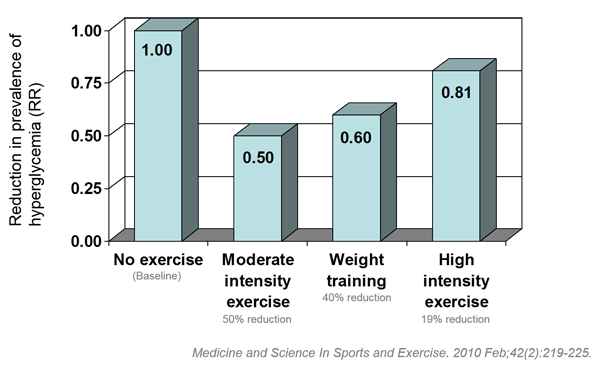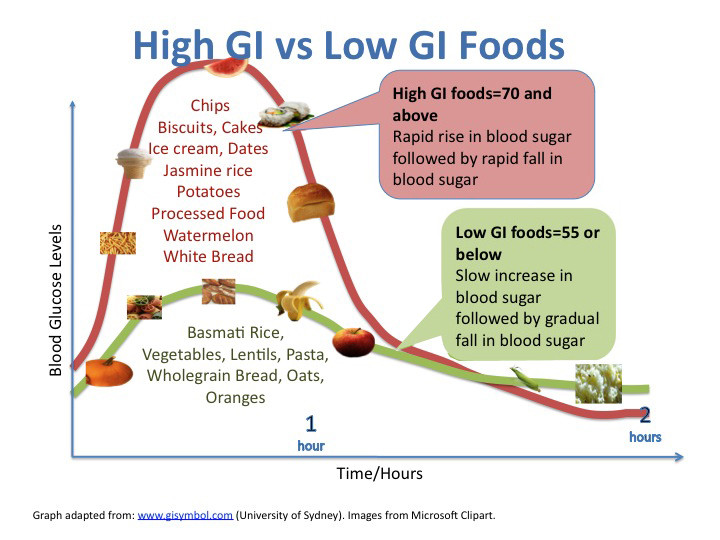
Balancing blood sugar and keeping it from peaking is essential for diabetics, but everyone can benefit from healthier blood sugar levels. In fact, high blood sugar levels are often a trigger for diabetes – especially for people with a family history of diabetes.
There are two types of diabetes. 5% of diabetics have Type 1 where their body produces too little insulin, and there sadly is no known way to prevent this type occurring. Type 2 diabetes often results from an unhealthy lifestyle, meaning most cases are preventable.
Almost one in ten Americans are diabetic. Pensioners carry the lions’ share with one in four diagnosed for diabetes; it remains the 7th leading cause of death in the US. What’s more worrying are the one in three Americans considered to have ‘prediabetes’ – people with higher than typical blood sugar levels of their peers, but not yet high enough to need treatment.

Do not fear dear readers: a healthy lifestyle will reduce the risk of diabetes and make managing the disease much easier. Let’s look at how best to build the dietary and exercise pillars of a healthy body.
Exercise To a Healthier Body

- Bountiful benefits of exercise
Whether you’re managing or wishing to avoid diabetes, knowing the benefits will help motivate you. Exercising encourages your body to build muscle, burn fat, produce insulin, strengthens bones, lower blood pressure, balance cholesterols and aid blood circulation. - Chat with your doctor and monitor your sugar levels
If you are a diabetic, have been diagnosed or believe you have prediabetes – check with your doctor before making changes to your approach to exercise. They’ll be able to help you monitor its effects and can advise whether you can or should alter your insulin injections. They may advise you to test your blood sugar levels before, during and after exercise. - Enjoy exercise
Pick activities you enjoy. Providing it raises your heart rate and doesn’t push your body to the extreme, it’ll build your aerobic fitness. Enjoying exercise will also help you maintain a healthy lifestyle. If you’re new to leading an active lifestyle, ease yourself into exercise: start with shorter, easier exercises and gradually build yourself up.
Try mixing-up your routines and keeping a diary to watch your strength and stamina grow! Strength training twice a week, stamina exercise twice a week and moderate exercise the rest of the time will helps build a balanced body. Remember, mild muscle soreness is fine – but sudden pain suggests something is wrong, so tell a friend and speak to a professional. - Sharing is caring
Sharing your exercise can help you stay motivated, and motivate others to follow your fine leading example. Exercising with others can be much more enjoyable too! It’s also important for those with diabetes to tell those you’re exercising with or even wear a band – just in case you need medical attention. - Embed exercise into your lifestyle
Try exercising regularly, for at least thirty minutes each day. If you’re wondering how to squeeze this in to your busy schedule, just think: that could be a ten minute cycle into work of a morning, a short stroll on your lunch-break and your journey home! Remember to build up to more strenuous exercise, don’t try going from strolling to marathons! - Walk, don’t run
Sometimes, gentle exercise is better for our blood sugar-levels than strenuous exercise like running (refer to graph above). When we strain our stamina, our bodies’ metabolism breaks down food and even its own tissue into energy at a faster rate. It’s better to build up your stamina than strain yourself with sudden bursts of exercise. Walking or light jogging is a gentle exercise, great for calming down or working off that full-feeling after food. - Carbohydrates to prepare, protein to repair
A short rhyme to remember for exercise is carbohydrates prepare and proteins repair. Exercise a few hours after eating complex carbs, and eat protein to repair damaged muscles. If you’re exercising for an extended period of time, have a wholegrain and fruit cereal bar to keep you going!
Eating healthily

- Complex carbohydrates
Complex carbohydrates are contained in whole grains, vegetables, beans and pulses. Our body digests complex carbs slowly into energy that our bodies need to function. Because this is a gradual process, our blood sugar levels (blood glucose) rise and fall evenly. - Avoid added sugars
Eating sugary foods or adding it to our coffee or tea causes sudden surges in our blood glucose. If you really need to sweeten your food or drinks, consider ‘diet’ soft drinks and artificial sweeteners instead. Remember to look at the ingredients of ‘low fat’ options, as they often have higher sugar levels! Better still; try eating berries instead of sweeties! - Careful of starchy snacks
Starchy foods have a similar albeit not so dramatic effect to sugars. As our bodies digest starchy foods, our blood sugar levels still peak. Foods with high starch levels you should minimise include potatoes and ‘white carb’ versions of bread, pasta and rice. Try eating whole grains like barley and oats; wholemeal if you’re going to eat bread, pasta or rice; and switch your potatoes with other less-starchy root vegetables. - Fibre is your friend
As we all know, fibre helps our digestive fully function. What some of you might not know, is that soluble fibre helps control blood sugar levels. So, how can you consume more fibre? Vegetables, especially leafy greens like spinach, are high in fibre – as our most fruits, nuts, pulses and whole grains. - Add fish to your dish
Our bodies need protein for repairing our cells, and it has a much lower effect on our blood sugar levels than carbohydrates. Fish is low on fat and cholesterol, but high on omega-3 fatty acids. Oily fish like salmon, mackerel and herring all have higher levels of these healthy fatty acids helping improve our heart’s health. - Eat lean meat and veggie proteins
Switching beef, pork and lamb to the leaner meats of chicken and turkey will help reduce your intake of unwanted fats and reduce the risk of diabetes. Eating protein-rich pulses and beans whilst adding nuts and seeds to your diet will increase intake of protein, essential fatty-acids, minerals, vitamins and antioxidants. - Quench your thirst with natural water
When our blood sugar levels are running high, our bodies return them to normal levels by flushing out excess sugar with water. Substituting sugary sodas and fruit juices with water, even sparkling or sugar-free soda, will have a huge evening effect on your blood sugar levels.Beware of artificially flavoured waters, as they often have added sugars – try flavouring your water naturally with a slice of lemon or lime! Remember, try to drink about seven glasses of water every day, more if you’ve been exercising, eaten salty foods or have been in a hot environment.
Dear diary…
If you’re following all the tips above, the last and one of the most important pieces of advice to leave you with is to keep a diary of your dietary and activities.
Did you know: the majority of Americans consume 355 calories from their daily sugar dose? That’s more than double their recommended daily intake. Keep a record of your sugar consumption, along with your starch intake and overall calorie intake. Similarly, keep records of your workouts and light exercise. You can use Diabetes Phone Apps too.
You can then plot these against your tested blood sugar levels (and insulin injections, should you have them): and see the changes your new healthy lifestyle has! Keep writing your diary fun by adding thoughts and photos – and best of luck!
This article might also interest you: The Big Diabetes Lie